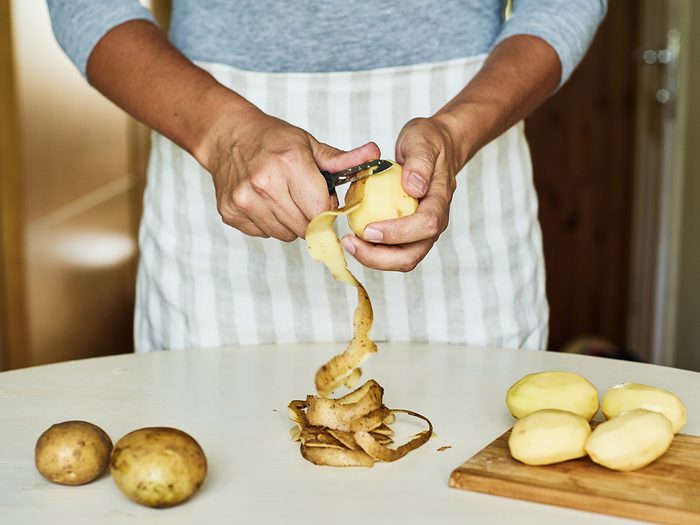
Why you shouldn’t peel these fruits and vegetables
The skin or peel of fruits and vegetables are generally higher in antioxidants, fibre, vitamins and minerals than the flesh, according to Malina Malkani, MS, RDN, CDN, creator of the Wholitarian Lifestyle. Unpeeled fruits and vegetables may have up to 33 per cent more fibre than those without the peel. And antioxidant levels in the skins of fruits could be up to 328 times higher than those found in the flesh, Malkani says.
Still, Alyssa Pike, RD, the manager of nutrition communications for the International Food Information Council Foundation, says the amount of nutrients in each peel differs by the type of fruit or vegetable. And the only skins Hillary Cecere, MS, RDN, a registered dietitian for Eat Clean Bro, doesn’t recommend eating are the ones that are too tough or not tasty to eat. With that in mind, if your goal is also to increase the health-promoting nutrients in your diet, experts say it’s best to eat the following fruits and vegetables without peeling them. (And make sure you peel the rest!)
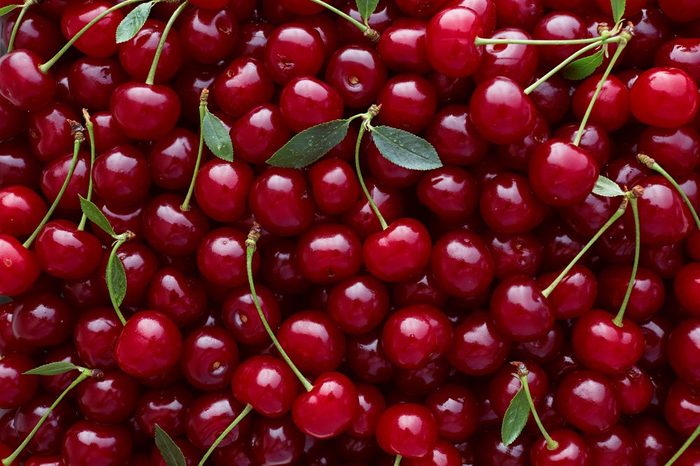
Don’t worry about peeling berries, cherries or grapes
Malkani says it’s better to eat berries, cherries and grapes without peeling them. Aside from the fact that it’s challenging to peel cherries and grapes, and not really possible to peel most berries, the peels offer lots of antioxidants and nutrients. Grape skin is particularly beneficial since this part of the grape has the highest amount of antioxidants in the whole fruit.
Find out how to pick the freshest fruit at the grocery store.
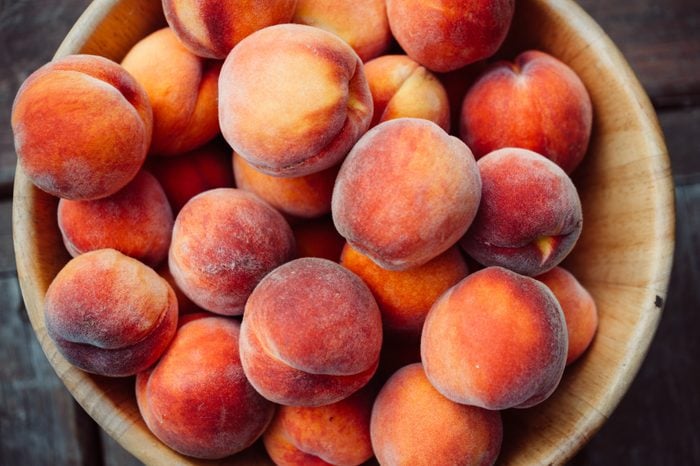
Avoid peeling pears, peaches and plums
Peach, pear and plum skin each have a lot of fibre, nutrients and antioxidants. One study even found that removing peach skin results in 13 to 48 per cent fewer antioxidants. Whether or not you’re enjoying your fruits and vegetables peeled, always wash them thoroughly before eating.
Find out more high fibre foods worth adding to your diet.
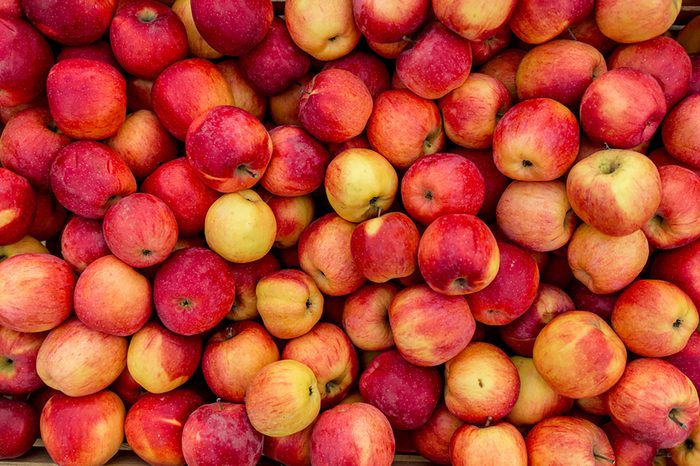
Avoid peeling apples and apricots
Apples are one of the fruits Cecere is most adamant about not peeling. “Apple skin has insoluble fibre, vitamin C, vitamin A and the flavonoid quercetin,” she says. Although apple skins contain so many nutrients and fibre, they are a higher pesticide fruit. So make sure you wash them well or consider buying organic apples.
Find out the 12 groceries that are worth buying organic.

Avoid peeling tomatoes
Tomato skin has a high concentration of the flavonoid naringin, which could decrease inflammation and protect against some diseases, although more research is necessary. Other research also shows cooking tomatoes with the skin on increases the availability of some nutrients, too.
Here are eight science-backed ways to boost your immune system.

Avoid peeling kiwis and cucumbers
Kiwi skins are surprisingly edible, Malkani says. The kiwi skin has lots of vitamin C, and eating it triples the amount of fibre, Cecere says. Try slicing it really thin to warm up to eating the fuzz, she suggests. As for cucumbers, you’ll want to keep the skin for the vitamin K, fibre and potassium—but you can do without that waxy layer. “Cucumber skins can be waxy, so be sure to wash well and even use a paper towel to rub off the waxy layer,” Cecere says.
Here’s what makes cucumbers bitter—and how to fix it.
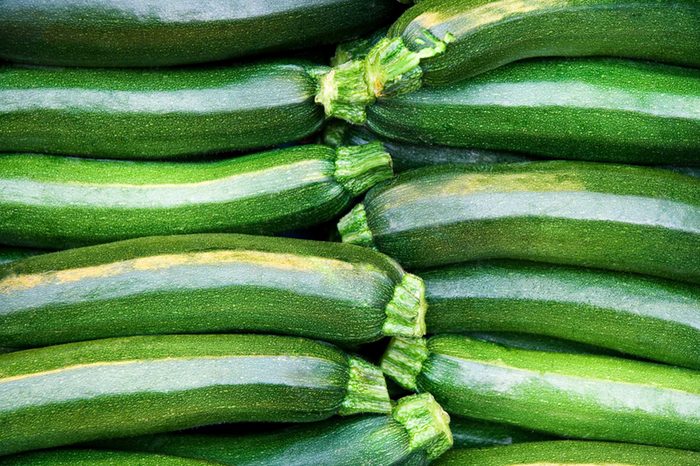
Avoid peeling eggplants and zucchini
Keep the eggplant skin on if you want the extra fibre, flavonoids and magnesium, according to Cecere. Another reason to keep eggplant skin and zucchini skin on too is because of water. Both zucchini and eggplant have a high water concentration—zucchini is 95 per cent water, and eggplant is 92 per cent water. The skin of these veggies is where most of the nutrients are found.
Find out the best foods to boost your metabolism.
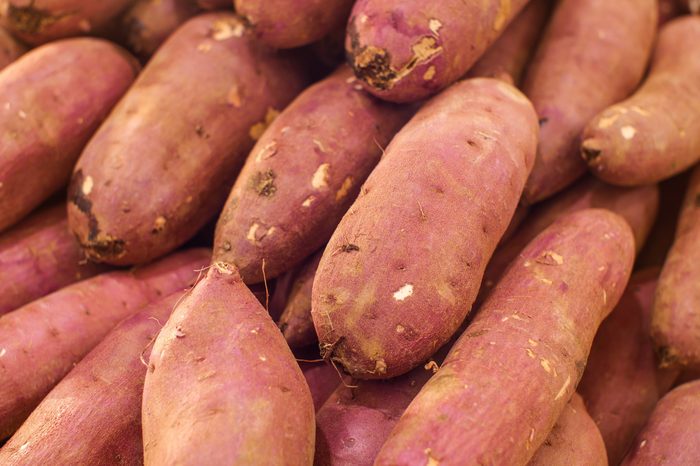
Avoid peeling potatoes
The peel of potatoes contains fibre, iron, vitamin C, potassium and folate, Cecere says. Instead of stripping away those nutritious benefits, use a vegetable brush to scrub the potato gently before cooking.
Here are the 14 foods everyone over 50 should be eating.
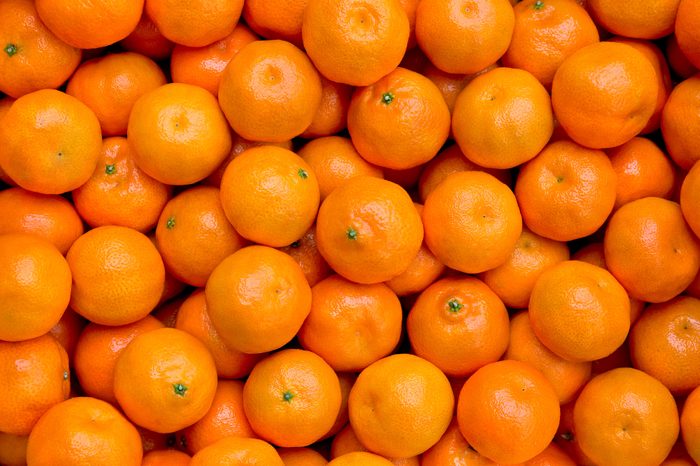
Save the peels of citrus fruits
The peels of citrus fruits like lemons, limes and oranges are edible if you cook or grate the skin into zest, Malkani says. Oranges and other citrus fruits are some of the best antioxidant-rich foods you can eat!
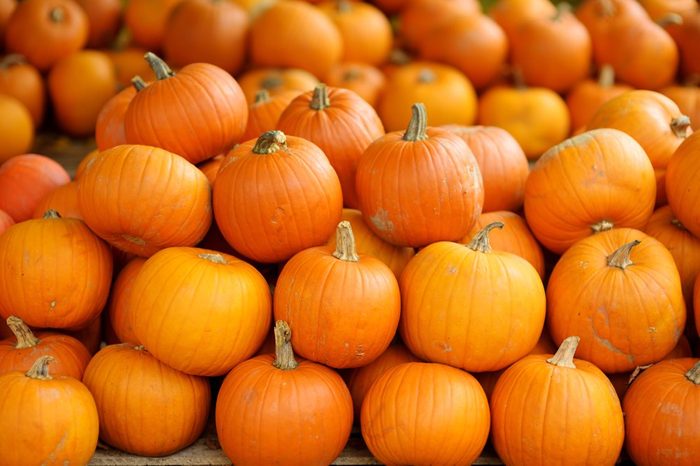
Save the peels of pumpkins and winter squashes
Pumpkins (technically a fruit) and winter squashes have skins you can only eat if you cook and soften them, Malkani says.
Don’t miss our ultimate guide to healthy grocery shopping.
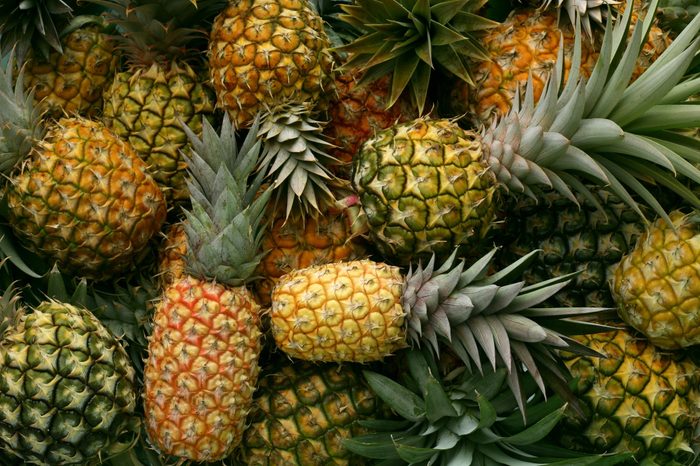
Always peel tropical fruits
Pineapples, papayas, mangos, bananas, melon and lychee are tropical fruits that you should always peel. These fruits have skins that are either difficult to chew and digest, or downright inedible, Malkani says.
Before you toss those peels in the compost, check out these genius uses for bananas all around the house.
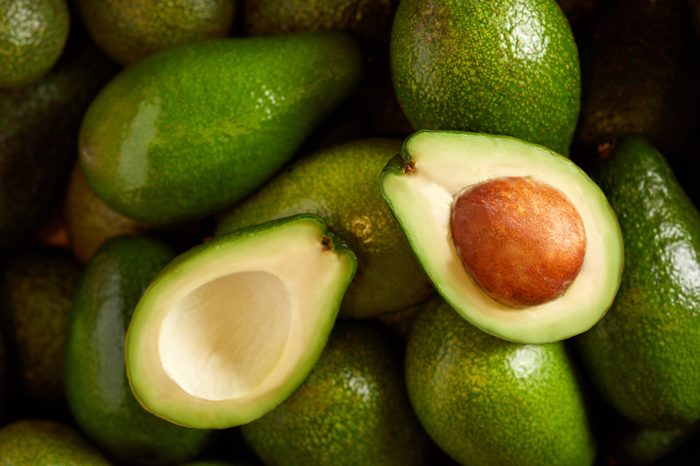
Always peel avocados, garlic and onions
Like tropical fruits, avocado skin is tough to digest and not something you should eat. Avocados are a good source of fibre, potassium, folic acid and monounsaturated fats. As for garlic and onions, the peel is not especially beneficial or tasty—so it’s worth taking that layer off.
Brush up on the health benefits of avocado.
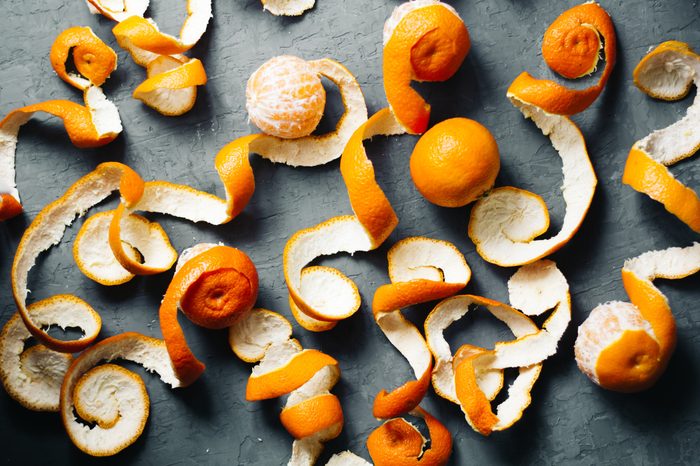
It comes down to personal preference
There are many benefits in eating the peels of most fruits and vegetables, but it’s not the only nutritious part. So Malkani, Pike and Cecere agree: If the peel of a fruit or a vegetable is particularly hard or unappetizing, it’s better to eat it without the skin—and benefit from the nutrients within—than to avoid eating fruits or vegetables altogether.
Next, check out the food parts you should never throw in the garbage.